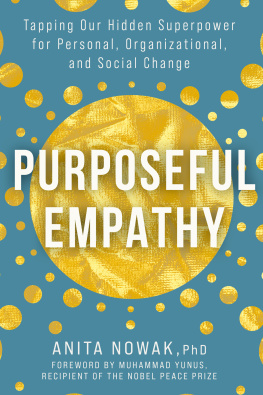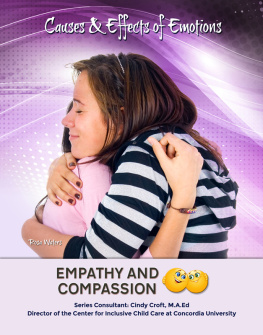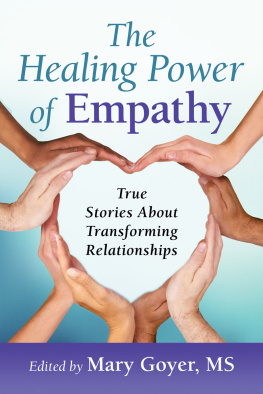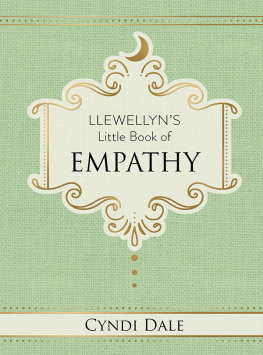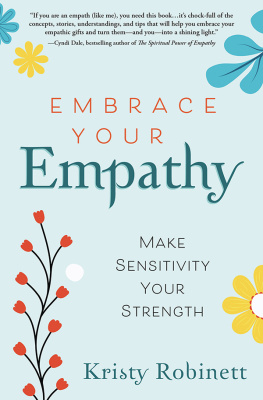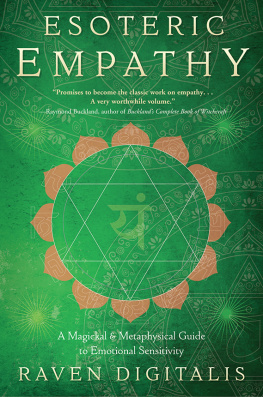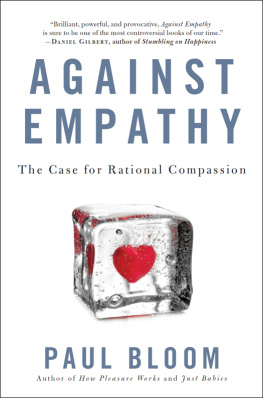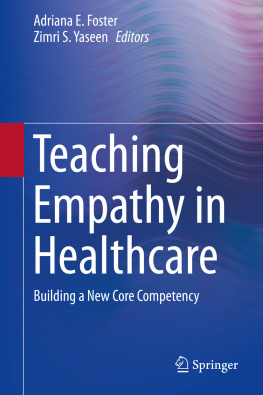First published 2000 by Ashgate Publishing
Reissued 2018 by Routledge
2 Park Square, Milton Park, Abingdon, Oxon OX14 4RN
711 Third Avenue, New York, NY 10017, USA
Routledge is an imprint of the Taylor & Francis Group, an informa business
Copyright William J. Reynolds 2000
All rights reserved. No part of this book may be reprinted or reproduced or utilised in any form or by any electronic, mechanical, or other means, now known or hereafter invented, including photocopying and recording, or in any information storage or retrieval system, without permission in writing from the publishers.
Notice:
Product or corporate names may be trademarks or registered trademarks, and are used only for identification and explanation without intent to infringe.
Publisher's Note
The publisher has gone to great lengths to ensure the quality of this reprint but points out that some imperfections in the original copies may be apparent.
Disclaimer
The publisher has made every effort to trace copyright holders and welcomes correspondence from those they have been unable to contact.
A Library of Congress record exists under LC control number: 00131252
ISBN 13: 978-1-138-72437-2 (hbk)
ISBN 13: 978-1-315-19249-9 (ebk)
Empathy as an essential component of all helping relationships forms the focus of this significant publication. The author, using his considerable clinical, research and teaching experience and expertise, sets out a framework for the teaching and evaluation of empathy together with a reliable and valid assessment instrument to establish the level and nature of practitioner empathy. It is unusual to find this combination of empirically based guidance contained in a single text.
Empathy is recognised as a fundamental aspect of all helping relationships and has been the subject of many scholarly discussion papers, particularly in recent years. However, it still presents as a problematic and challenging phenomenon for practitioners, researchers and educationalists alike. In an attempt to better understand this phenomenon numerous questions have been asked. For example, is empathy an innate or acquired quality? Is it largely an emotional, cognitive or behavioural process? Are certain personality types more likely to have it than others are? Is it present in all types of interpersonal interaction?
Based on evidence, this text can provide certain tentative answers to some of the above questions as illustrated by the outcomes of the empathy education programme. This would suggest that it is possible to teach at least something of an empathic response. Although some questions may be answered the author raises a number of challenges for nurse teachers about the nature of students' educational experience and how education may impact on the students' potential to promote both the personal growth of their clients and that of themselves.
It has been clearly stated by many writers that empathy encompasses such concepts as respect, warmth, trust, understanding and genuineness. Also reinforced is that the quality of an empathic relationship is about understanding another individual during their period of distress.
Therapeutic relationships form the basis of all helping interventions and not just those carried out by nurses. Embedded within such relationships are social, emotional and behavioural elements, all of which are given attention within this text
Emphasis is given to the relationship process and what takes place between the client and the practitioner. Importantly, noting that during a therapeutic intervention the practitioner must understand the nature of the client's distress and be able to manage the situation with skill, confidence and sensitivity. A therapeutic relationship demands more than merely reflecting back to the client what is being said or to offer an evaluation. The practitioner must be able to journey alongside the client to get inside the shoes of the person, to gain a sense of what it feels like to be that person and be able to convey such sentiments to the person by way of thought and deed.
So much of this process is based on the intangible or the invisible. A position which has been problematic for many health care professionals, but particularly nursing as intangibles, cannot be measured. Hitherto, this lack of measurement has meant that much of what nursing does at an interpersonal level has not attained the same overt credibility as the more tangible aspects. The assessment tool described in this work can contribute to the articulation and disentanglement of the core process elements and make the intangible more tangible. In turn this will help make it possible to identify, quantify and evaluate more accurately the contribution of nursing to health care, an important feature in the current economic and evidence-based culture.
Emphasised throughout the text is the importance of learning from the experience of doing. Whilst learning from simulation and role-play is valued greater importance is given to working with clients in the clinical environment. Given that the author is drawing on his extensive experience as practitioner, researcher and teacher and well able to get into the shoes of all three groups, this provides absolute credibility to the genesis of the text. This credibility is further enhanced as the evidence reported has been accumulated from working in partnership with students, teachers, practitioners and researchers.
This work is an extremely valuable contribution to the existing contemporary knowledge base. Although intended primarily for the nursing profession it has much wider application across the caring sciences.
Professor Mary Chambers, D. Phil, RN
University of Ulster
Empathy is known to be crucial to helping relationships. The problem is that professional helpers, including nurses, do not normally display it. A major reason for this is that empathy has not been measured in clients' terms and accordingly taught. The low level of empathy can have negative consequences for clients. This book reports a study in which a reliable and valid client-centred empathy scale has been developed. The scale is based on an operational definition of empathy that is relevant to clinical nursing. Using this scale, a course has been designed and implemented which does help nurses to learn how to show empathy. Nurses' gains in empathy persisted for some time (3-6 months) after the course had finished. Such a course may help others to learn as well.
The major aims of this study were: i) the development and evaluation of the empathy scale, ii) the investigation of variables that may affect nurses' ability to offer empathy, and iti) the evaluation of the empathy course. The findings of this study have implications for the future design of nurse education and the goals of the health service. The relevance of the findings to the goals of the health service are indicated by the suggestion in the Patient's Charter that clinicians need to collaborate with users of health services in the prioritising of clinical needs and the setting of treatment goals.


